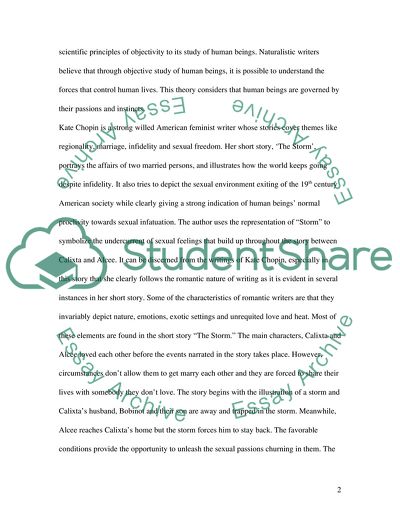Cite this document
(Are the American Realist and Naturalist Writers Breaking away from Essay, n.d.)
Are the American Realist and Naturalist Writers Breaking away from Essay. https://studentshare.org/literature/1706789-are-the-american-realist-naturalist-writers-breaking-away-from-romantic-literary-tradition-or-are-these-later-writers-still-infusing-the-romantic-spirit-in-t
Are the American Realist and Naturalist Writers Breaking away from Essay. https://studentshare.org/literature/1706789-are-the-american-realist-naturalist-writers-breaking-away-from-romantic-literary-tradition-or-are-these-later-writers-still-infusing-the-romantic-spirit-in-t
(Are the American Realist and Naturalist Writers Breaking Away from Essay)
Are the American Realist and Naturalist Writers Breaking Away from Essay. https://studentshare.org/literature/1706789-are-the-american-realist-naturalist-writers-breaking-away-from-romantic-literary-tradition-or-are-these-later-writers-still-infusing-the-romantic-spirit-in-t.
Are the American Realist and Naturalist Writers Breaking Away from Essay. https://studentshare.org/literature/1706789-are-the-american-realist-naturalist-writers-breaking-away-from-romantic-literary-tradition-or-are-these-later-writers-still-infusing-the-romantic-spirit-in-t.
“Are the American Realist and Naturalist Writers Breaking Away from Essay”. https://studentshare.org/literature/1706789-are-the-american-realist-naturalist-writers-breaking-away-from-romantic-literary-tradition-or-are-these-later-writers-still-infusing-the-romantic-spirit-in-t.


